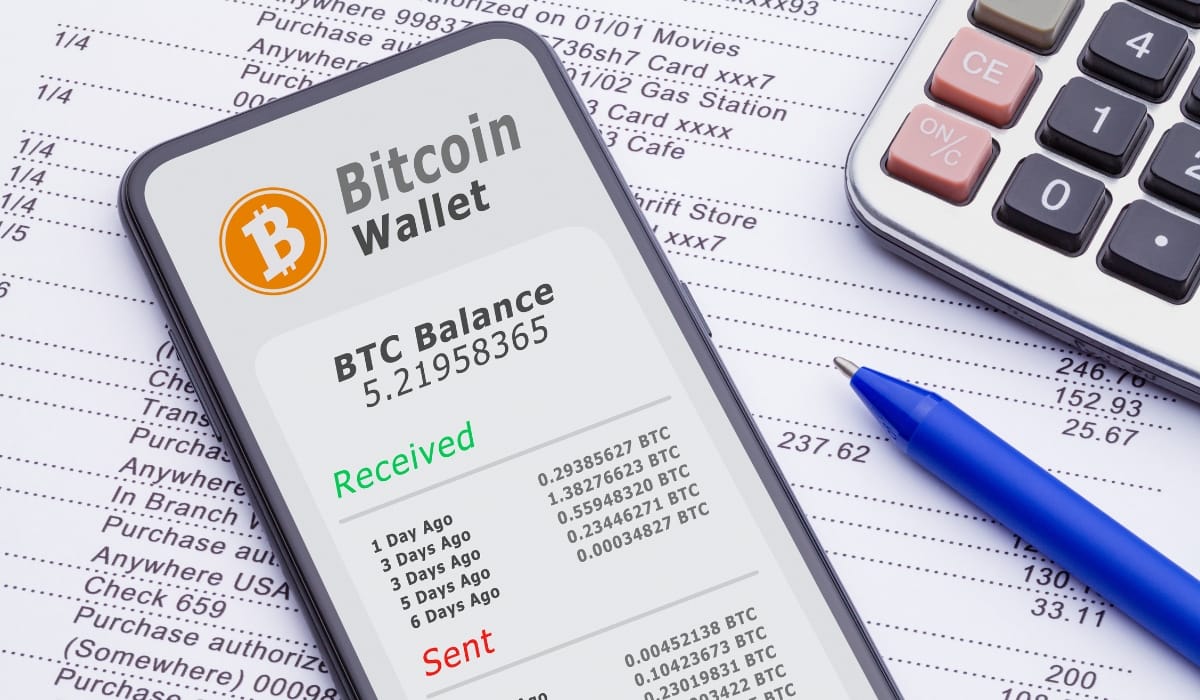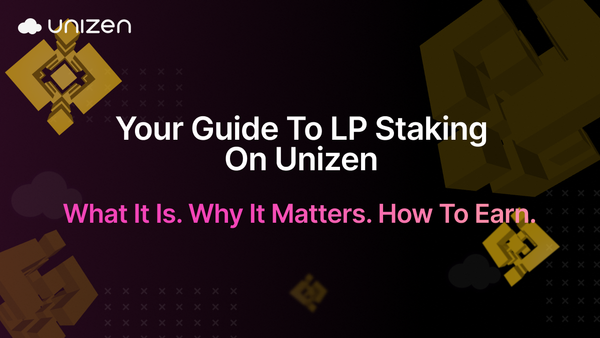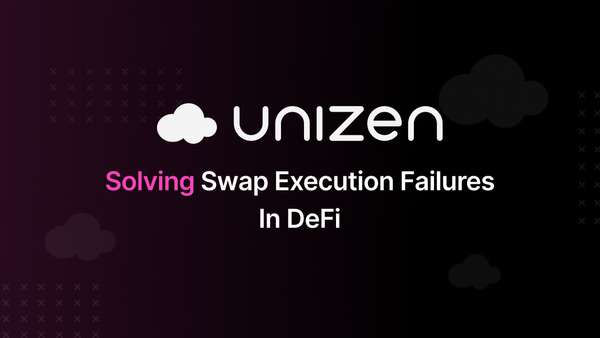Protect Your Bitcoin and Other Cryptographic Assets with Self Custody Wallets
Learn how to take control of your investments with a self custody wallet. Protect your private key and safeguard your digital assets today.

It is relevant to focus on the issue of protecting your assets in the sphere of cryptocurrencies since it is an advancing and unique domain. With the development of the digital currency market comes the need for reliable wallet storage systems. A self-custody wallet grants crypto-users complete control over their assets. Self custody wallets differ from custodial wallets in which third parties, like the exchanges, have power over your funds and wallets. This means more security and privacy, and such a necessity today is more than a luxury.
It proffers the liberty of not allowing others to interfere with your digital assets. But freedom also instigates some accountability. A self-custody wallet involves one having mastery of wallet interfaces, private keys, and other measures of securing your cryptocurrency. In this guide, you’ll learn more about the specifics of self custody wallets, their types, advantages, and some crucial steps for the safe handling of crypto assets.
How Self Custody Wallets Work
Self custody wallet, also known as a non-custodial wallet, allows for storing more details, and it’s more reliable and secure as compared to a user dependent on a custodial wallet. Most professionals, beginners, and enthusiasts are interested in understanding how such wallets operate. In as much as there can be a truly decentralized digital currency, private keys are supreme in this crypto world. A private key is an alphanumeric passcode, and it can only be used to unlock a specific individual’s resources. Creating a personal wallet at a given point generates a private key stored on the user’s device and not on a central server. This is the private key that verifies the transaction and enables the transfer of assets on the blockchain. However, it is relevant to note that any person who controls the private key of the corresponding wallet has complete control over the funds amount that is linked to the given wallet.
During the generation of a non-custodial wallet, the software or hardware develops a private key automatically. Most wallets store this private key in a seed phrase which is a set of random words that can be entered to recover this wallet. It is essential to store the seed phrases securely as their loss will lead to permanent loss of access to your funds. The private key or seed phrase should be kept offline, as online storage exposes the key to cyber predation. If you desire to transfer cryptocurrency, the self-custody wallet employs your secret key to sign the transaction. Other participants in the blockchain network check this cryptographic signature to ensure that you have the right to transfer such assets. When the parties enter a transaction, it passes through validation. Upon validation, the information relating to the transaction is encrypted and stored in the blockchain that is visible to anyone. This entire process guarantees that your private key remains on your device and does not reach any public network at any time.

Types of Self Custody Wallets
Self custody wallets are of several types, providing different benefits that are suited based on the user's preferences. Let’s explore the primary types:
- Software Wallets: These wallets exchange blockchain-based currencies and can be obtained on mobile and computer platforms. Software wallet apps include MetaMask and Trust Wallet, which help users secure deals using cryptocurrencies. They are very useful wallets, but one has to log in to them via the Internet and enter their PIN code. Thus, a user can easily fall for fraud as compared to utilizing offline wallets.
- Hardware Wallets: Physical Devices for Offline Key Storage: Crypto users who invest their bitcoins into hardware wallets are the safest. These are physical wallets like the Ledger Nano X or the Trezor Model T and their sole function is to provide offline storage for private keys. These devices are connected to a computer or a mobile device only if required to complete a transaction. The relative lack of online connection of hardware wallets is good in terms of protection against hackers, making them suitable for long-term storage for large portions of crypto assets.
- Paper Wallets: Printed Keys for Cold Storage: Paper wallets generate cold storage at the barest level of technology by printing private keys or seed phrases on paper. Although this option is easy to implement and cheap, it is also hazardous. In case one loses, damages, or has the paper stolen, the privileges of the concerned associate assets are disabled. However, there are several risks associated with the above approaches. Yet, some people prefer paper wallets for storing coins for the long term in different secure physical locations like a safety deposit box.
Benefits of Self custody Wallet
There are many advantages of migrating to a non-custodial wallet for anyone who would not like any other party to control his or her funds. Here are some of the benefits:
- Full Control: A self-custodial wallet has the potential to give users full control of their assets. Unlike a custodial wallet that delegates the management of the private key to someone else, a self-wallet ensures only you can access your funds. This autonomy not only reduces the probability of third-party leakage but is also compatible with the decentralized principles of the blockchain system.
- Enhanced Security: Third-Party Leaks Minimized: A self-custody wallet eliminates third parties and minimizes the risk of leaks. Unfortunately, chronic insecurity throughout the last few years has resulted in the theft of substantial amounts of funds from many custodial wallets invested by users. Of course, the major benefit of using a self-custody wallet is that one never sends one’s private key to another person’s territory, making the account significantly more challenging to hack.
- Privacy: No Need to Share Personal Information with Third Parties: It is also worth stating that most custodial wallets demand Know-Your-Customer (KYC) compliance, which involves disclosing personal data. This negates user privacy as information has a way of being leaked, thus exposing users to a myriad of vices. While self custody wallets are risky, they don’t ask for KYC, offering more anonymity. However, this feature is an added advantage in an environment gradually shifting towards a more personal experience on the internet.
- Flexibility and Interoperability: There is the opportunity to interact with Defi platforms when using non-custodial wallets. For instance, MetaMask extends control to the customer, enabling the use of DeFi applications for lending, borrowing, and trading. It is especially beneficial for investors who would love to diversify in their investment, and indulge in several token types.
Challenges and Responsibilities of Non-custodial Wallets
Despite the advantages that self custody wallets provide in relation to the overall system, security, and privacy rights, users must assume specific responsibilities. A self-custody wallet involves greater responsibility since the safety of the funds lies in the hands of the person holding them.
1. Security Responsibility Concerning the User
A self-custody wallet means that the users have full control of the private keys and wallet safety. Various measures that users can take to increase the level of security of the wallet include employing two methods of identification, ensuring that the wallet application is frequently updated, and keeping the seed phrases at different secure locations.
2. Risk of Losing Access Due to Misplaced Keys or Seed Phrases
One of the things that should be most safeguarded when using a self-custody wallet is the seed phrase or the private key. The loss of these details could result in permanent loss of access to funds. In contrast to custodial wallets, which may provide restore mechanisms when one loses access to funds in the wallet, self custody wallets do not have a central authority that can help in recovery. This risk emphasizes placing the seed phrase in multiple secure locations, preferably offline. Some users choose steel recovery seed plates that are durable metal resistant to fire, water, and other risks.
3. Complexity in Managing Security Protocols
One must know specific security measures when dealing with a non-custodial wallet. For instance, users should be vigilant about dealing with the dangers of phishing attacks, malware, and social engineering plots regarding private keys or seed phrases. These risks should be checked regularly since cyber threats gradually assume new dimensions. Though software wallets offer more convenience, they may expose private keys to online dangers. Hardware wallets, though more secure, pose more responsibilities connected with physical objects and their work. Shelter and convenience remain a continuous problem allowing the choice of a wallet to be adapted to the user’s knowledge and level of security.
Comparison of Custodial and Self Custody Wallets
When evaluating the sphere of crypto wallets, it is crucial to identify a particular separation between self-custody and custodial wallets. These two types have distinctive features which meet particular user’s demands and expectations. Below is a comparison table highlighting critical differences between non-custodial wallets and custodial wallets:

Setting Up a Self Custodial Crypto Wallet for Bitcoin and Other Cryptocurrency Assets
Setting up the self-custody wallet may differ with the type of wallet used; nevertheless, general procedures are normally followed.
Choosing a Wallet Provider
The first step involves choosing a provider when launching a self-custody wallet. There are many software and hardware wallets, but they all have unique features. Some of the most popular options include:
- Trust Wallet: This is a strong real-space mobile wallet application platform that is easy to manage, can store multiple cryptocurrencies, and is suitable for DeFi.
- MetaMask: An Ethereum wallet for DEFI applications that can be used through a browser plug-in or a mobile app.
- Ledger and Trezor: High-end producers of hardware wallets that also offer offline solutions to give their consumers extra security.
Every provider functions differently, and therefore, before deciding which provider to opt for, the efficiency of its methods, measures of security, and methods used for handling the different cryptocurrencies should be studied.
Installation and Setup Process
Once you’ve selected a wallet, follow these general steps to set it up:
- Download and Install the Wallet: If using a software wallet, install the app from a verified source. For hardware wallets you simply have to connect the device as directed by the manufacturer of the wallet.
- Generate a New Wallet: When the wallet is installed it will direct you to create a new wallet. This process generates your unique key and a corresponding address.
- Save Your Seed Phrase: The wallet will come with a seed phrase, a number of words that will help the owner regain the wallet in case of any doom. It is so important that it has to be written down and saved in a safe place somewhere, not online.
- Set a Strong Password: If the wallet provides this kind of setting, then set a very strong password to enhance the wallet's security. Do not use obvious passwords; it will be better to use a combination of letters, figures,, and symbols.
- Activate Security Features: Enable extra layers of security like two-factor authentication (2FA)and biometric logins in case they’re available.
Importance of Securing Recovery Phrases and Passwords
The most significant step in the setup process remains protecting your seed phrase. If you lose the seed phrase, you lose control of your wallet and funds, and there are no recovery options. Remember to keep your seed phrase in different physical locations and away from digital storage devices since they can be hacked. Once your wallet has been established it is now time for you to receive and control your cryptocurrency assets.
Best Practices for Security with a Self Custody Wallets
While a non-custodial wallet has certain obligations, understanding how to behave in such a situation closely minimizes potential threats. Here are essential tips to protect your digital assets and ensure your wallet remains secure:
- Use Strong Passwords and Enable Two-Factor Authentication: A unique solid password is one of the initial measures to protect your wallet. Do not use names, dates, phone numbers, or addresses to create passwords; use passwords with numbers, symbols, and letters. If possible, allow two-factor authentication for enhanced security. This works together with your password to put in a second form of authentication, such as a code that is sent to a mobile device.
- Regularly Update Wallet Software: Wallet producers regularly update their software with better security measures and address vulnerabilities. This means that by updating your wallet software, you will gain from the latest protection and improvements. Updates to the software can also help alleviate problems with wallet functionality and allow smooth interaction with various blockchains for transactions.
- Consider Using Multiple Wallets for Asset Segregation: Some users prefer to use multiple wallets to separate their assets to enhance security. For instance, you could use one wallet for frequently traded assets and another for long-term tokens. If one wallet is hacked, the others are safe because they are separated, alleviating risk.
For individuals who have large amounts of holdings, mobile wallets that are hot wallets and offline wallets such as hardware wallets are recommended.
Conclusion
Self custody wallets are great if you value control, security, and privacy in managing their crypto assets. With the possession of private keys, users are independent in controlling their digital money, avoiding risks similar to those in exchange platforms. However, self-custody comes with a responsibility, meaning that the user is in charge of security and access keys. For individuals ready to embrace this role, self custody wallets are fulfilled and convenient, along with private storage solutions. Whether you're an investor, a newcomer, or a seasoned crypto expert who decided to enter the world of decentralized finance (DeFi), guarding your ‘wallet’ is crucial.



